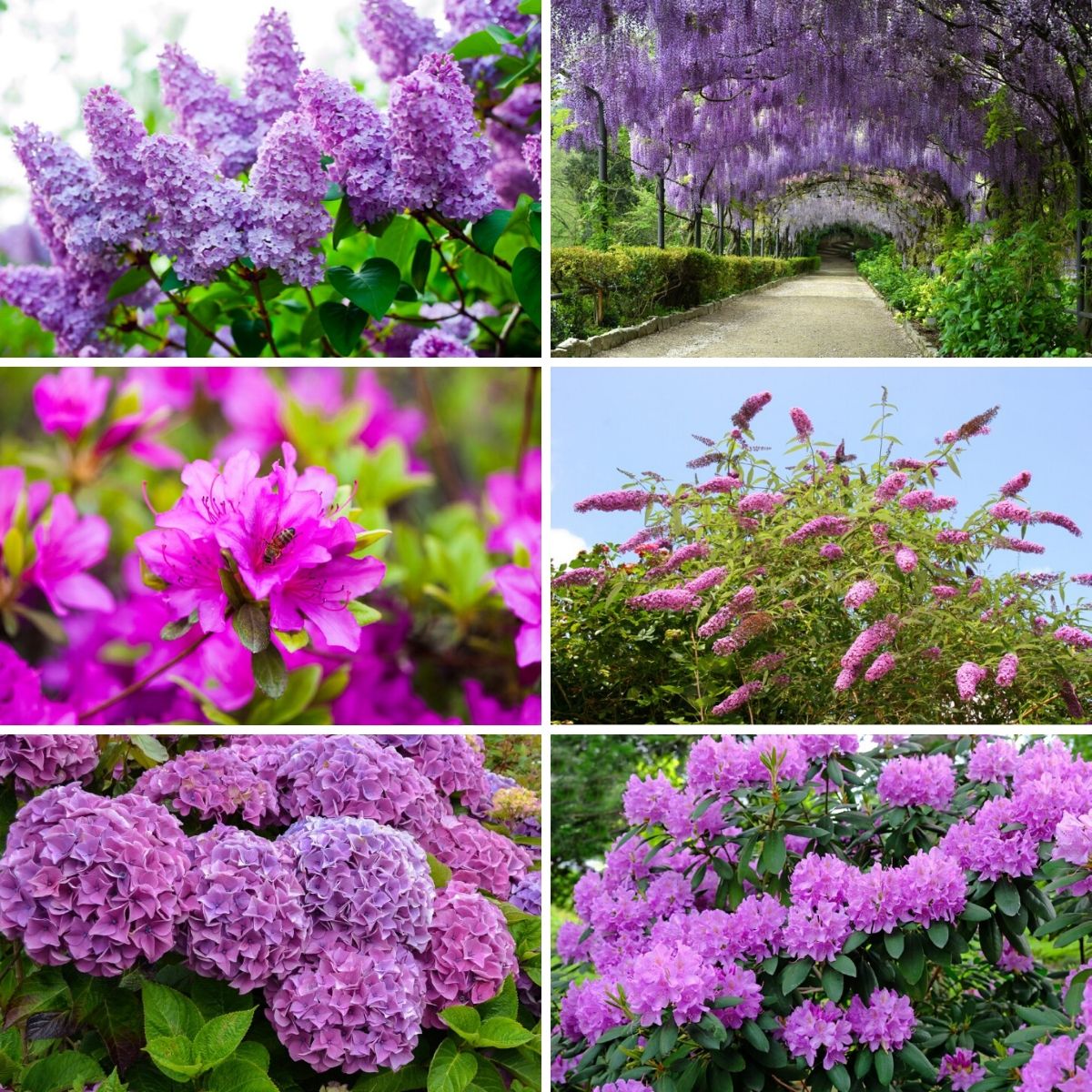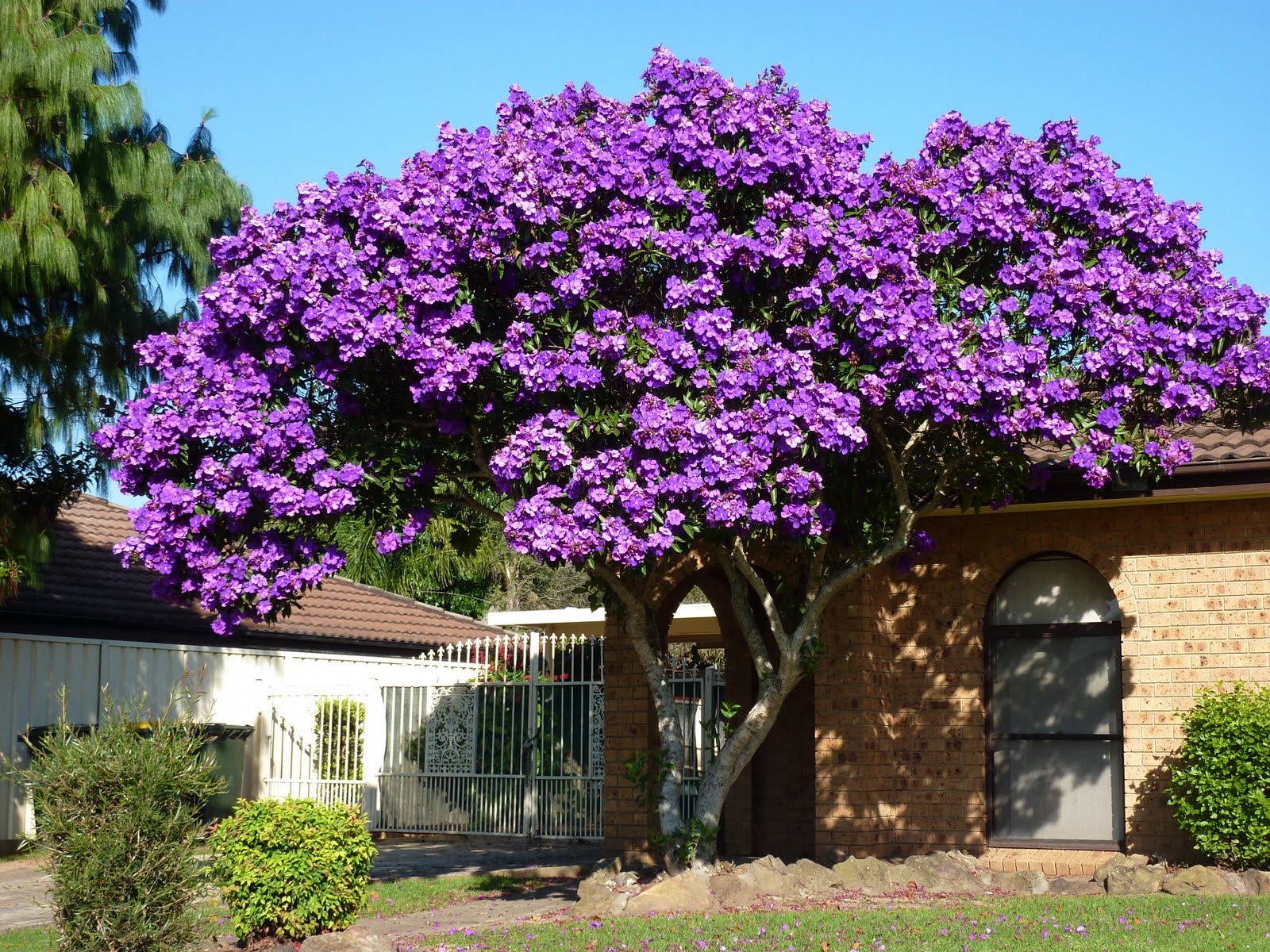
This hybrid first appeared in the 1950s as a part of a larger group of hybrids developed at the National Arboretum. They are rather large and grow in high quantities across the entirety of the plant.Īlthough magnolias have grown in the wild for many decades, Ann magnolia is relatively new. These flowers bloom early in the season before the leaves appear. The flowers are deep purple and have a shape similar to a tulip. Like most magnolias, this species features tremendous blooms. Just make sure that you give you lilac the ideal growing conditions and care to encourage as many blooms as possible.Īnn magnolia can grow as a large shrub or as a small tree. But they remain a great option for those who love purple flowers. Lilacs are not ideal for those looking for year-round interest. They are also prone to developing powdery mildew.īut while this diminished the appearance of this shrub, the mildew does not often cause any detrimental damage to the plant. They have a smooth surface and a dark green color.īeyond the flowers, lilacs do not have many other notable characteristics. The leaves of lilac shrubs are heart-shaped. This is because colonists from Europe brought these shrubs with them during their earlies explorations of North America. To promote future blooms, cut off the flowers as soon as they begin to die back.Īlthough lilac is native to Europe, it has been growing in North America for multiple centuries. But when they do flower, lilacs are a beautiful purple addition to the garden. Some lilacs will go years without flowering at all. Unfortunately, these blooms can be inconsistent. In ideal conditions, these flowers emerge in numerous panicles. They are also typically white, purple, or a confirmation of both. These flowers have a familiar scent to many people. Lilac shrubs are very well known for their flowers. To familiarize yourself with some of the options available to you, here are 14 of the most interesting shrubs with purple flowers to consider for your garden. As always, your success in growing these shrubs will rely on your knowledge of their growing requirements.

You can also grow purple flowering shrubs in several different hardiness zones. You can find both evergreen and deciduous species. Shrubs with purple flowers come in many different forms. 14 Different Types of Purple Flowering Shrubs
:max_bytes(150000):strip_icc()/purple-rhododendron-buds-big-5a68fb293de423001a69075e.jpg)
To get a better idea of variety of flowering shrubs with different bloom times and their unique features, browse through 18 popular types of purple flowering shrubs below. But to grow purple flowers successfully, you need to know about the different species that offer these flowers. Others are the result of decades of focused cultivation.Įither way, purple flowers add depth to the color spectrum of your garden. Some of these purple flowering shrubs are native to many regions of the world. There is a great number of shrubs that carry purple flowers at different times of the year. If you are one of the many people who share a fondness for purple flowers, you will be happy to find many species to choose from. That deep hue implies a level of decadence to this day.Īs such, it is no wonder that many gardeners seek the opportunity to add purple flowers to their planting beds. I often see birds seeking shelter (cover and shade) in the thicket of my raspberries throughout the year.For centuries, people have associated purple with royalty. My raspberries are growing along the side of my garage where they can spread. They will bloom very little and produce minimum berries if planted in deeper shade. It prefers medium to moist soils, sun to part shade. The leaves are maple shaped and turn a dull yellow in the fall. Birds and other small mammals also like to eat the berries and bees gather nectar and pollen from the flowers. You can tell the raspberries are ripe when they are deeper red and easy to pick off. I like to put the tart berries on ice cream or cereal, similar to black chokeberries, as described in the article “ Black Chokeberry – not just for the birds” . I really like this shrub because it has beautiful quarter sized magenta purple flowers which bloom for a month or more in midsummer, before developing into tart, dime sized, domed shaped raspberries. Unlike other native raspberries, it does not have thorns, which is one reason I like it.

It grows 4-6 feet high, and like other raspberries it forms thickets, 8-10 feet wide. I have seen it growing naturally in some local woods but not very often.

It is native to Du Page County, but rare in surrounding counties, and introduced in some counties according to Swink and Wilhelm. Purple flowering Raspberry ( Rubus odoratus) is one of my favorite summer flowering shrubs (click photo below for an enlargement).


 0 kommentar(er)
0 kommentar(er)
